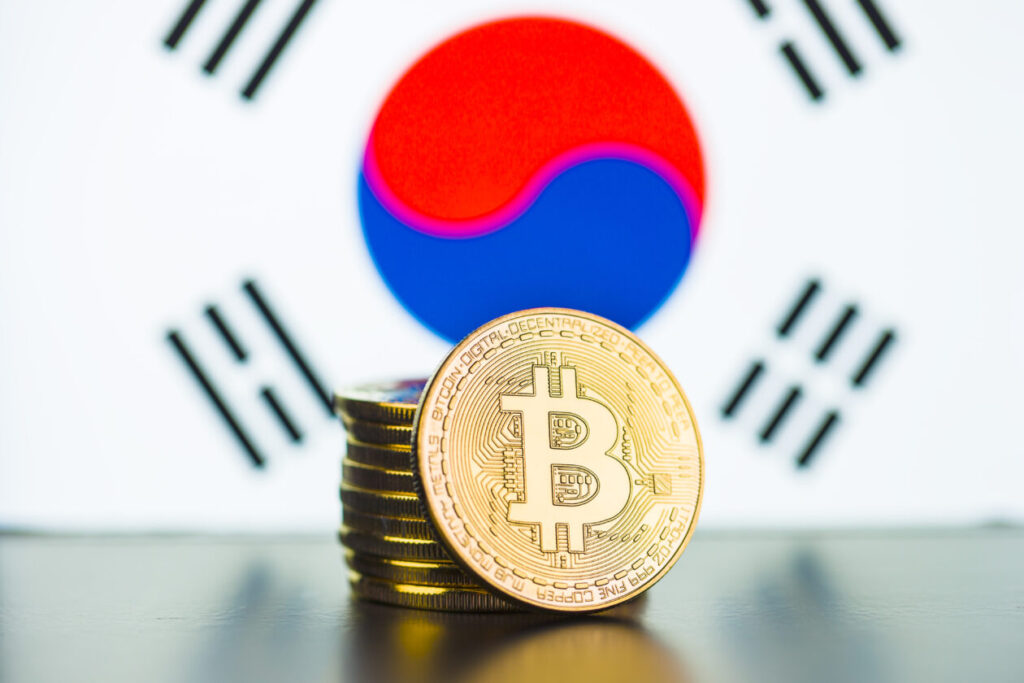Crypto in South Korea continues to draw attention due to the high delisting rates and the financial risks posed to investors. Over the past seven years, 34.9% of cryptocurrencies listed on South Korean exchanges were delisted, with half surviving less than two years.
While initial listings on these exchanges often led to short-term price boosts due to increased investor attention and demand, the long-term prospects are far less certain.
South Korean Investors Suffer Crypto Delistings
This trend is troubling for investors who may rush to buy new coins following a listing, expecting sustained growth. A typical pattern emerges where the coin sees a price spike soon after listing, driven by hype and enthusiasm, especially from retail investors.
However, many cryptocurrencies fail to maintain their momentum and face declining value over time. Ultimately, they are delisted from the exchanges.
“…from January 2018 to August 2024 showed that 517 (34.9%) of the 1,482 virtual assets listed on the exchanges were delisted… The average listing period for the 517 delisted virtual assets was 748 days (2 years and 18 days). However, more than half (54.0%) of these (279) did not last even two years and were delisted. Meanwhile, 107 (20.7%) did not last even one year,” local Korean media reported.
The problem is compounded by the fact that cryptocurrency listings and delistings in South Korea, like in many other regions, remain largely at the discretion of the exchanges. Although South Korea passed the Virtual Asset User Protection Act in July 2023, which aims to safeguard investors in the digital asset market, the law has not imposed clear standards for listings or delisting.
This regulatory gap gives exchanges the power to list and delist cryptocurrencies based on their internal criteria. Trading platforms, including industry giants like Binance, list and delist tokens based on their own assessments.
“At Binance, we periodically review each digital asset we list to ensure that it continues to meet a high level of standard and industry requirements. When a coin or token no longer meets these standards or the industry landscape changes, we conduct a more in-depth review and potentially delist it,” Binance noted.
Ultimately, this creates an environment where market volatility and investor risks remain high. Delistings, in particular, have devastating effects on the portfolios of investors.
When an exchange delists a cryptocurrency, it essentially becomes inaccessible for trade on that platform. This leads to a steep drop in liquidity, making it difficult for investors to sell their holdings without suffering significant losses.
In some cases, the delisted cryptocurrency might continue trading on international platforms. However, with much lower demand, its price is likely to plummet. This, therefore, begs the question, what contributes to the high delisting rates in South Korea?
Factors Driving Crypto Token Delistings
For one, the South Korean crypto market is highly speculative. Investors often seek quick profits from short-term trading rather than long-term holds. As many newly listed cryptocurrencies do not have solid business models or technological foundations, they perform poorly after the initial excitement fades.
Additionally, as new regulations loom globally, exchanges might delist cryptocurrencies that fail to comply with emerging legal standards. These include transparency in project operations or the proper management of user funds. Tether’s USDT faces the same risk in the European Union as Coinbase plans to delist non-compliant stablecoins.
Against this backdrop, local media recently reported that the South Korean government has finalized a best practice plan for virtual asset transaction support. The plan outlined strict new requirements for listing cryptocurrencies on domestic exchanges. A stricter review process established by the authorities will supplement the current system, where exchanges conduct their own internal reviews.
“According to DeSpread, Upbit, South Korea’s largest exchange, rarely listed meme coin for two consecutive days. However, according to the latest Korean regulations, new meme coins will need to be traded for two years before they can be listed,” WuBlockchain reported.
Despite regulators’ efforts, South Korean exchanges operate in a competitive environment. The race to list new and potentially lucrative cryptocurrencies has become intense. Exchanges know that new listings attract attention and liquidity, which are vital for their own profits.
However, without strong regulatory frameworks to ensure that only viable cryptocurrencies are listed, investors are exposed to significant risks. For many investors, the uncertainty surrounding delistings serves as a sobering reminder of the risks inherent in the cryptocurrency market.
While the initial boost in price following a listing might be tempting, the long-term outlook is often murky. As such, chances of capital loss remain significant if the coin fails to perform, increasing delisting odds.
The high turnover rate of coins on South Korean exchanges indicates that only a minority of newly listed cryptocurrencies stand the test of time. South Korean investors need to exercise caution. Thoroughly researching the cryptocurrency’s project, team, and technological foundation before investing can provide some insulation against future losses.
Nevertheless, the market is unpredictable, and there’s no surefire way to avoid the risks associated with investing in new cryptocurrencies.

